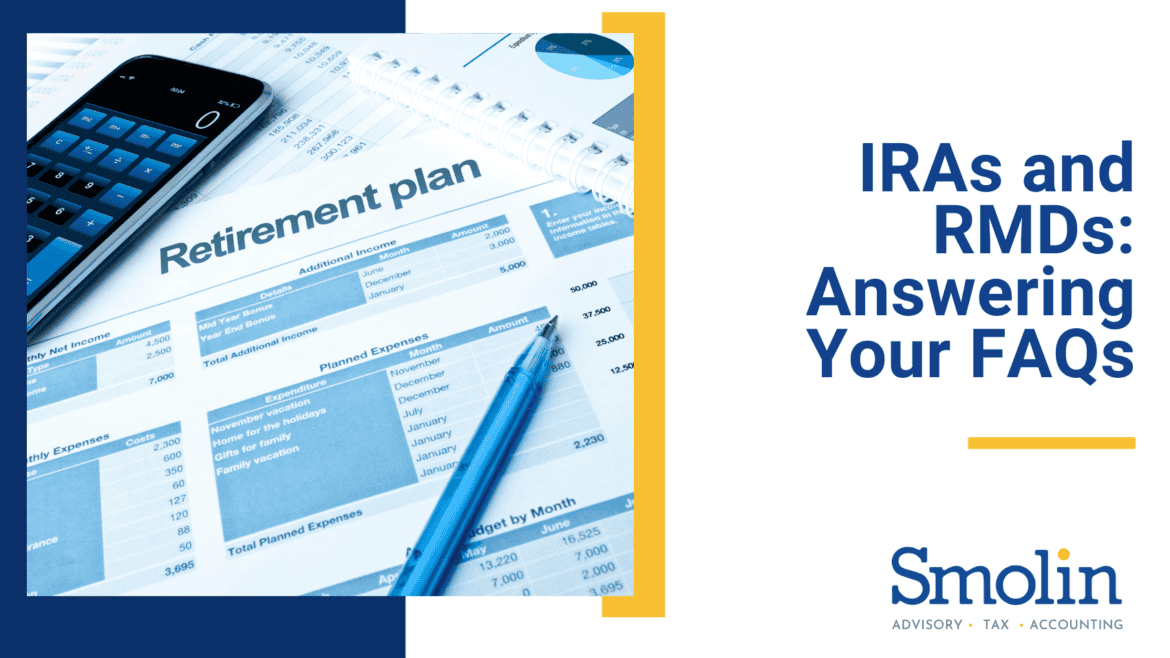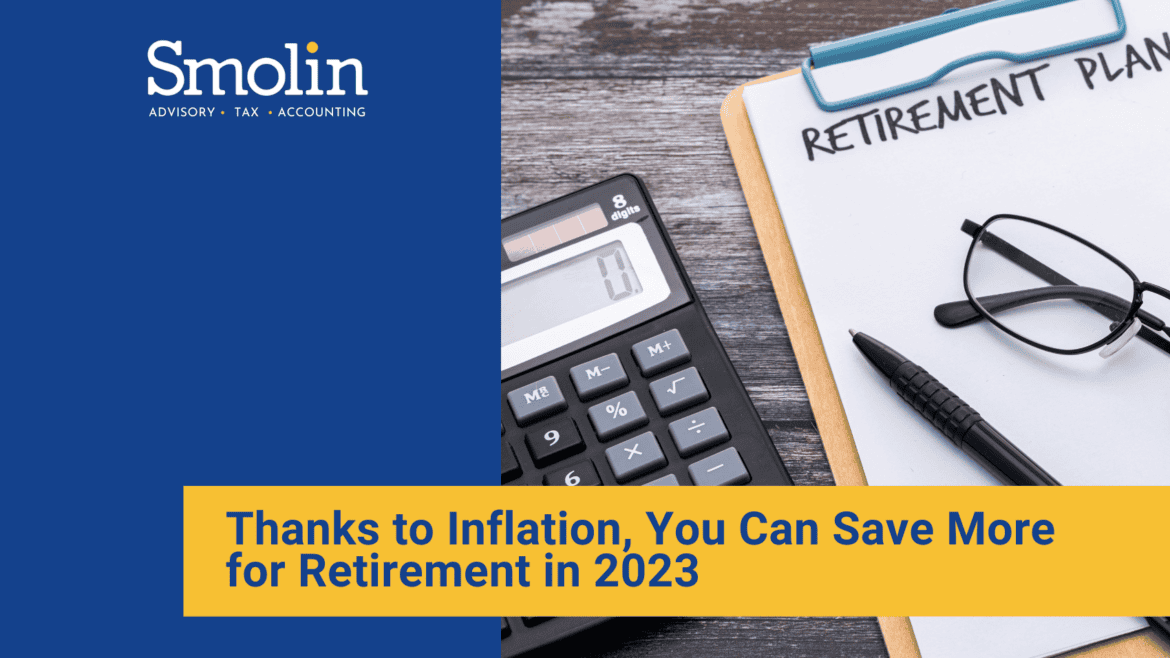Retirement plan distributions are typically subject to income tax. If you take an early withdrawal, they may be subject to additional tax penalties. But what defines “early?”
Generally, it’s when withdrawals are taken out of a traditional IRA or another qualified retirement plan before the plan participant reaches the age of 59½. These distributions are often taxable and may also be subject to a 10% penalty tax (or 25% if taken from a SIMPLE IRA during the first two years of plan participation).
While there are ways to avoid that penalty tax (but not standard income tax), the rules can be complicated—which one taxpayer had to learn the hard way.
Exceptions to early withdrawal penalty tax
Some exceptions to the 10% early withdrawal penalty are only available to taxpayers who take early distributions from traditional IRAs. Other exceptions only apply to qualified retirement plans, such as 401(k)s.
Exceptions include (but are not limited to):
- Medical cost payments exceeding 7.5% of your adjusted gross income
- Annuity-like withdrawals made under IRS guidelines
- Withdrawals made from an IRA, SEP, or SIMPLE plan up to the qualified amount of higher education expenses for you or a family member
- Withdrawals made by qualified first-time homebuyers of up to $10,000 from an IRA, SEP, or SIMPLE plan
Another exception is the total and permanent disability of the IRA owner or retirement plan participant.
New court case results in tax penalty
In one court case (TC Memo 2023-9), a taxpayer took a $19,365 retirement plan distribution before reaching the age of 59½ after losing his job as a software developer. Per the U.S. Tax Court, he had a diabetes diagnosis which he treated with insulin shots and other medications.
The taxpayer filed a tax return for the year of the retirement plan withdrawal but did not report the amount as income due to his medical condition. However, the plan administrator reported the amount as an early distribution with no known exception on Form 1099-R, which was sent to the IRS and the taxpayer.
According to the court’s ruling, the taxpayer did not qualify for an exception due to the disability. They noted that an individual is considered disabled if they are “unable to engage in any substantial gainful activity by reason of any medically determinable physical or mental impairment which can be expected to result in death or to be of long-continued and indefinite duration” at the time of the withdrawal.
Because the taxpayer, in this case, had been able to work up to the year at issue despite the diabetes diagnosis, the $4,899 federal income tax deficiency was upheld.
Lesson learned: work with a knowledgeable tax professional
As the taxpayer in this case learned, guidance is important when taking early retirement plan distributions. If you’re unsure whether you’re eligible for an exception to the 10% early withdrawal penalty tax, our CPAs can help.
Contact us to consult with a professional today.









